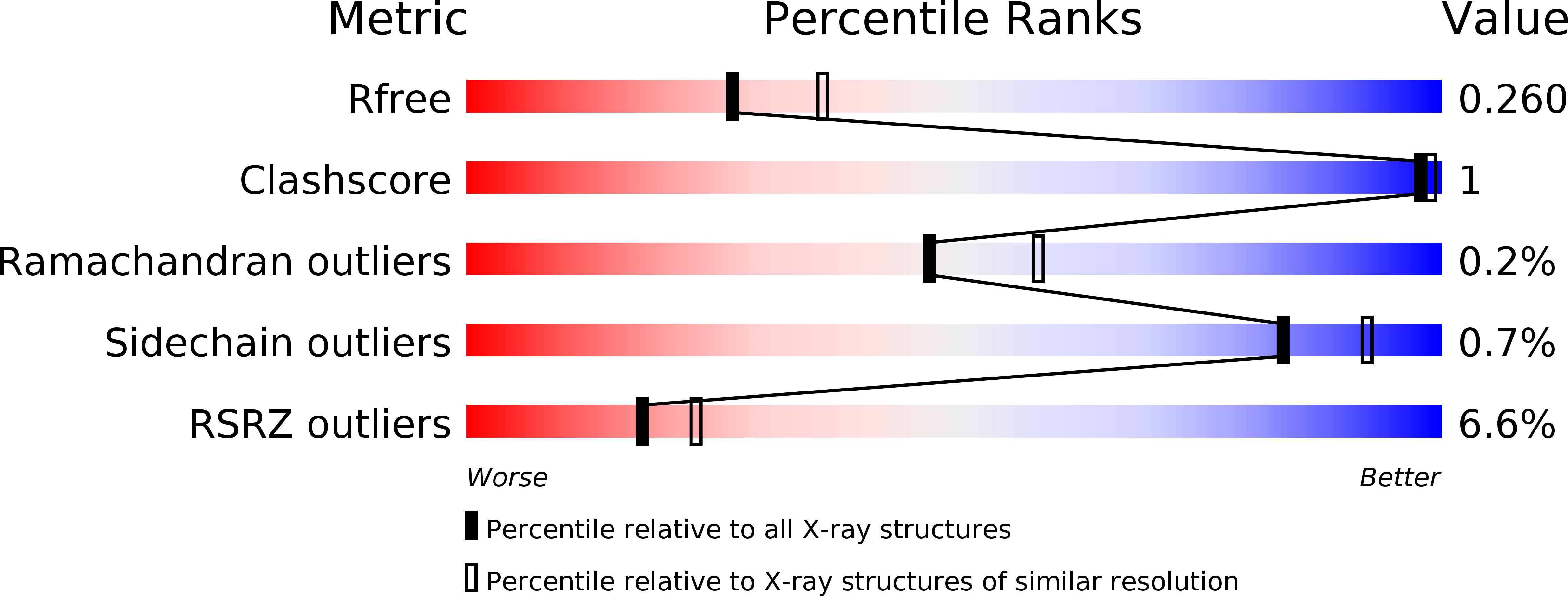
Deposition Date
2015-07-03
Release Date
2015-10-07
Last Version Date
2024-01-10
Entry Detail
PDB ID:
5CDF
Keywords:
Title:
Structure at 2.3 A of the alpha/beta monomer of the F-ATPase from Paracoccus denitrificans
Biological Source:
Source Organism:
Paracoccus denitrificans (Taxon ID: 266)
Method Details:
Experimental Method:
Resolution:
2.30 Å
R-Value Free:
0.25
R-Value Work:
0.22
R-Value Observed:
0.22
Space Group:
P 1 21 1


